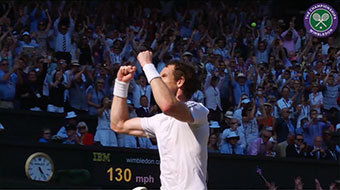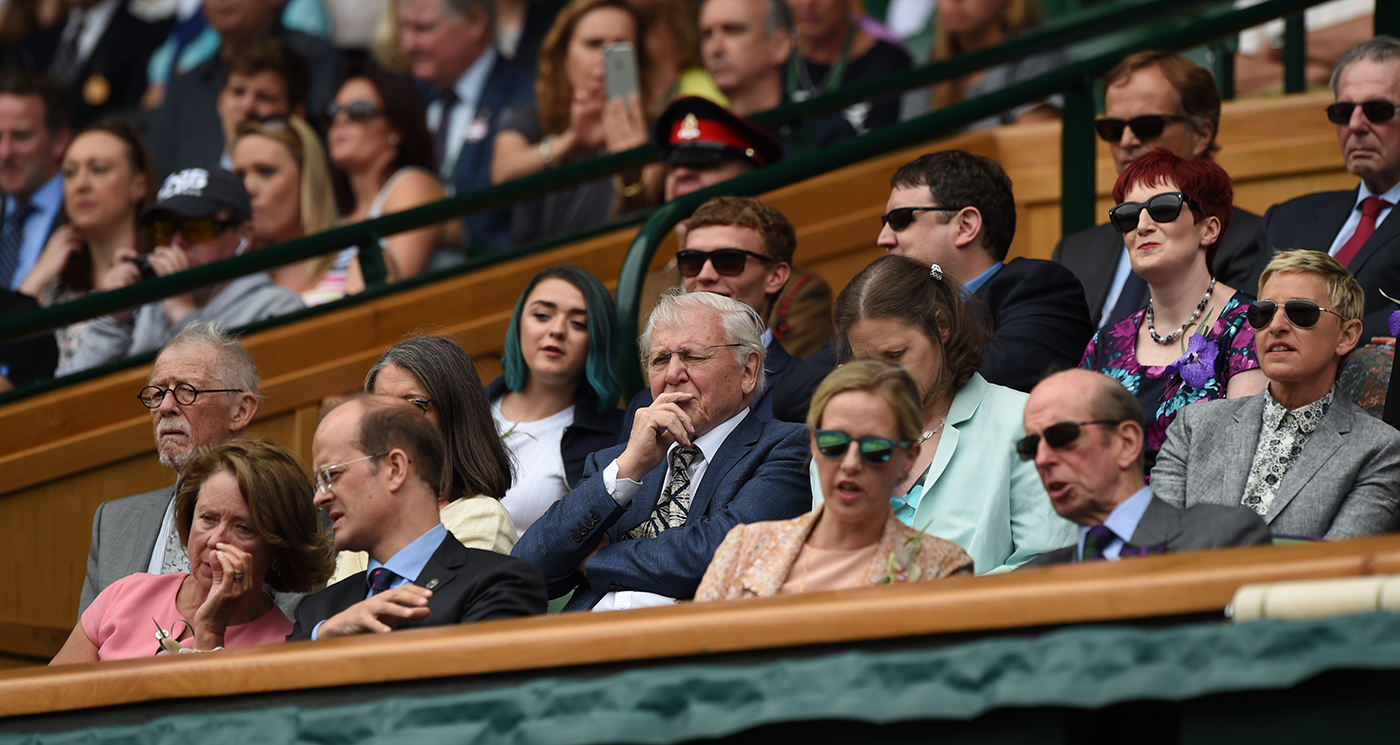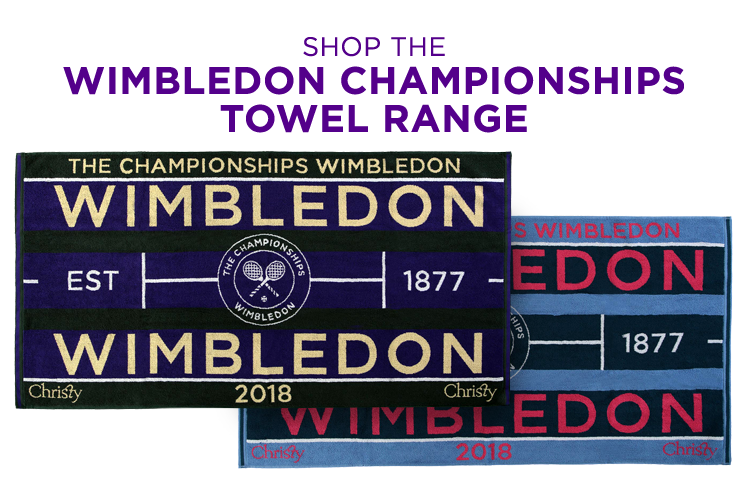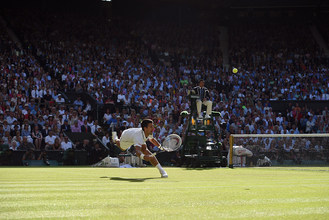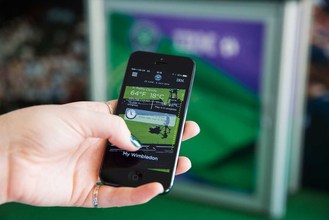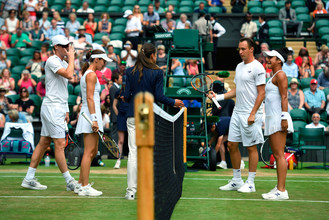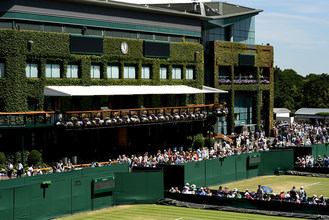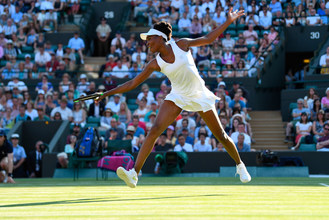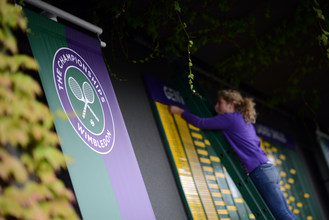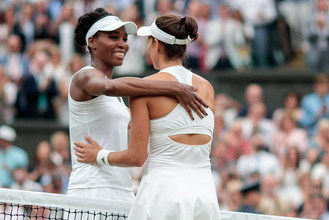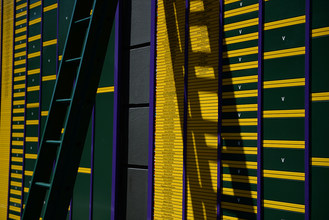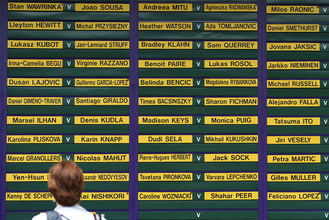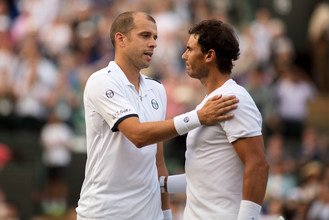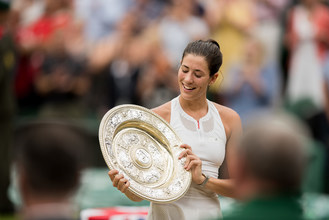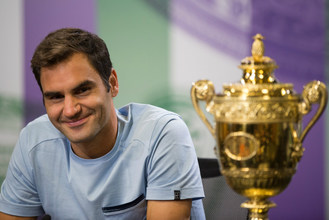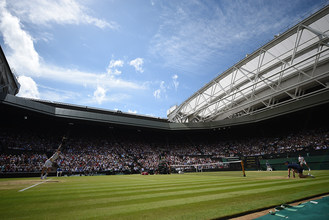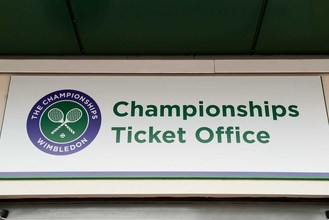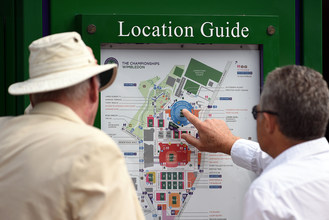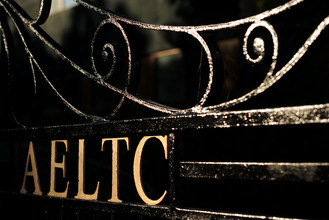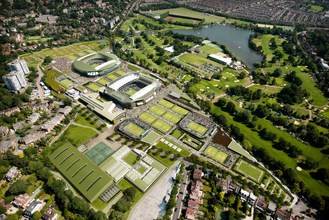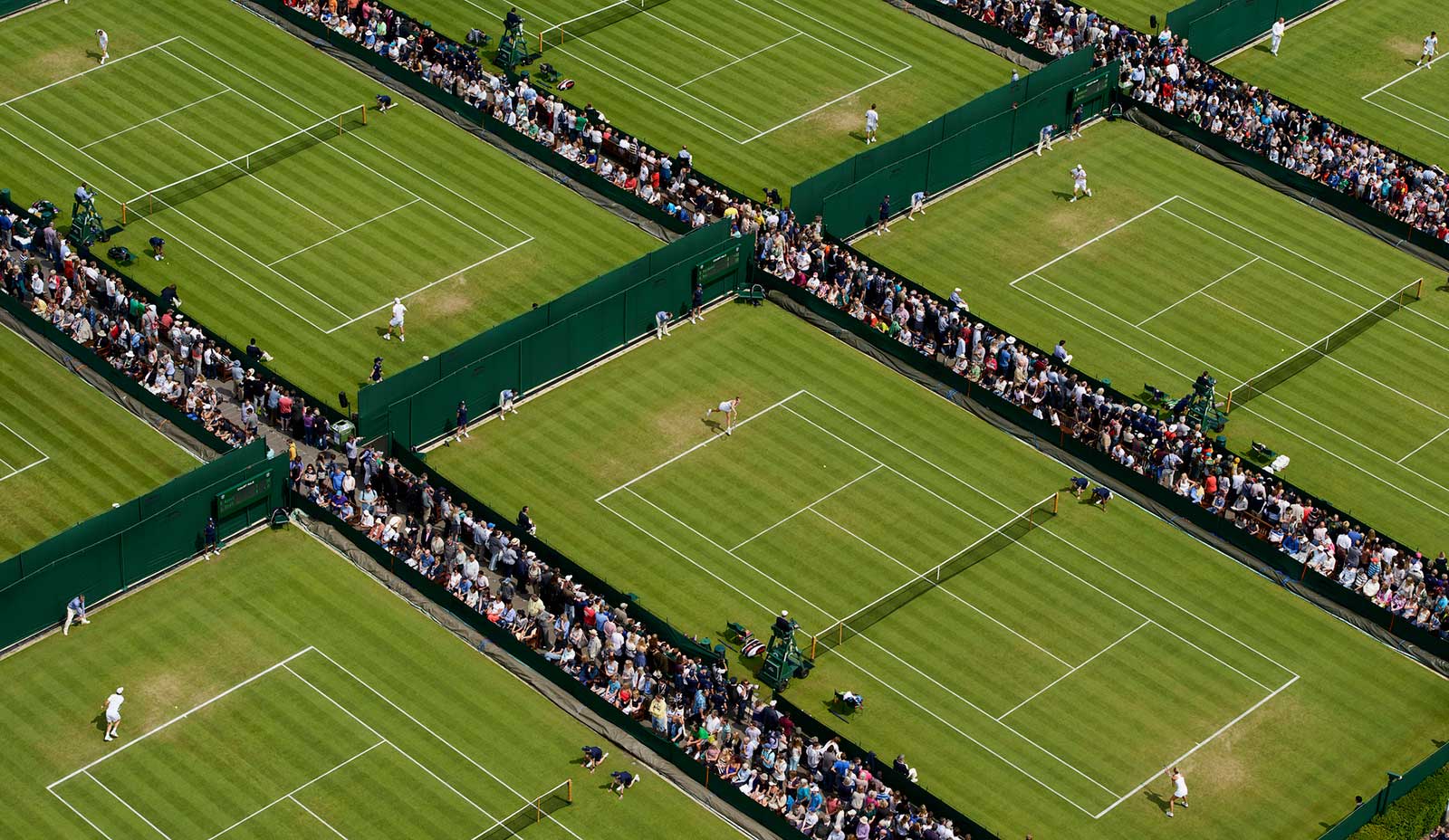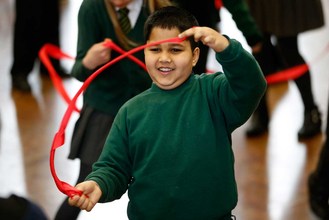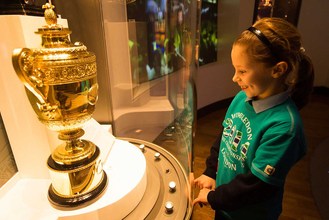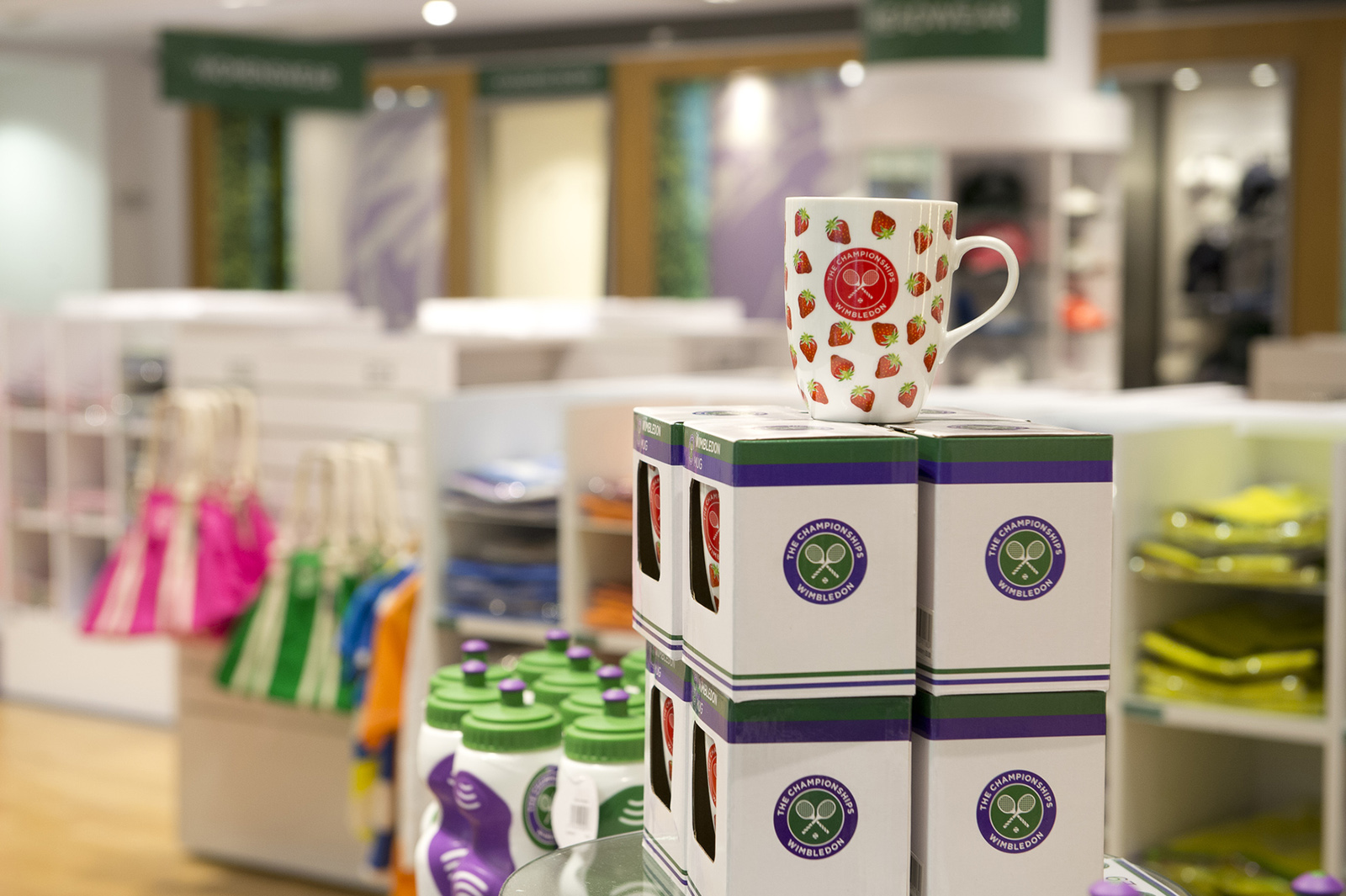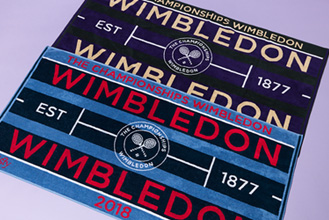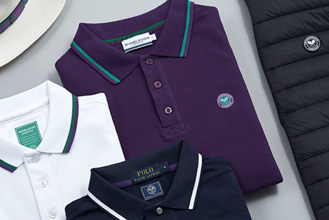Fifty years ago, David Attenborough was responsible for a breakthrough on British television as the BBC broadcast Wimbledon in colour for the first time.
Wimbledon was the first regular colour TV offering on the BBC in 1967. Was there a lot of competition for that honour?
Yes, there were [many other possibilities]. And of course it wasn’t just tennis we did that week, we actually gave them a service - it wasn’t a complete service, it was what I call a piebald service. I think we had a small number of hours per week. One of the great feedbacks we had were from films. We had documentary films shot in colour from way back, so they were there. But film was not television. Wimbledon was the thing that filled the schedule. It allowed the BBC to say yes, this is a proper service. Nobody else had got colour television and so everybody was watching it.
How exciting was it?
Oh, very. And there was a great hoo-hah about the bottles by the umpire’s chair. They didn’t look much in black and white, but in colour you could see it was lime cordial or whatever it was. There were stories about advertisers paying people to go and twist the bottles so the labels were visible, and then we were doing the same thing - sending our people down to turn them back again. It was full of stuff like that.
Was it easy to judge whether it was a success at the time?
Oh yes, because the number of colour television sets at that point was absolutely minuscule. When you first see colour television, it’s intoxicating, whatever you put on it. And to have drama like that was very popular. Anybody who invested in a colour television set had the thing on all the time and was ringing up and saying “Why isn’t this programme in colour?”, because we couldn’t do them all.
Wimbledon was the thing that filled the schedule. It allowed the BBC to say yes, this is a proper service
Can you remember the first time you saw colour TV?
Oh yes, certainly. I saw it in experimental ways quite a long time back. We were testing out cameras in what was BBC2. At the end of the evening we had a little studio in which, normally, it was just the weatherman and presentations. We used that in the evenings for a programme could Late Night Line-Up, which was live. You could do that with three cameras. One of the requirements of the technical agreements was that whatever colour television pictures were visible had to be equally acceptable in black and white. So, in fact, we used three cameras, from different makes, in Late Night Line-Up. I had one of the first colour television sets in the country, which was about the size of a very large suitcase - an immense thing. I would watch colour television from Late Night Line-Up and would be ringing up the chief engineer. He was very keen, he said: “Look, I don’t want you programme people doing mad things, what I want is to get flesh tones right. That’s the key thing.” And he was quite right, of course. If a man turned up with a scarlet face, it was no good.
It must have been an amazing time.
He and I, only, in the entire Europe, were watching colour television broadcasts… We would ring one another up and after about a fortnight - he was a Scotsman - he’d say: “David, I think it was very good last night. I think we could risk using a bowl of fruit.”
Follow the latest news and scores from Wimbledon 2017 on Wimbledon.com or Apple TV, or download the official IOS or Android apps for smartphone and tablet.

